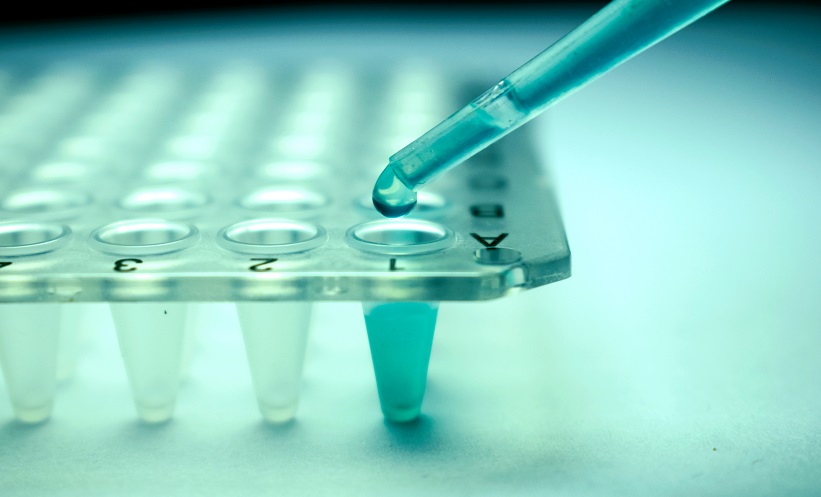Abstract
Chronic lymphocytic leukaemia (CLL) is a clinically heterogeneous disease characterised by the accumulation/expansion of a clonal population of neoplastic cells with the morphological appearance of small mature B lymphocytes in blood, bone marrow, and lymphoid organs. Stimulation through the B cell receptor (BCR) plays a prominent role in the selection and expansion of the malignant clone in CLL. On the other hand, other external signals delivered by several cell types including T lymphocytes, macrophages, stromal cells, endothelial cells, and follicular dendritic cells, operating through either direct BCR-independent cell-cell contact or indirect production of paracrine soluble factors, synergistically cooperate in regulating proliferation and survival of CLL cells. In this context, CD49d is known to play a pivotal role in mediating both cell-cell and cell-matrix interactions in CLL-involved tissues, eventually delivering pro-survival signals and protecting CLL cells from drug-induced damages. In the present review, we focused on functional and physical interactions of CD49d with other microenvironmental receptors, including CD38 and BCR, and other specific CD49d-dependent interactions in lymph node and bone marrow microenvironments responsible for growth and survival-supporting signals, eventually influencing CLL prognosis and therapeutic options.
Please view the full content in the pdf above.








